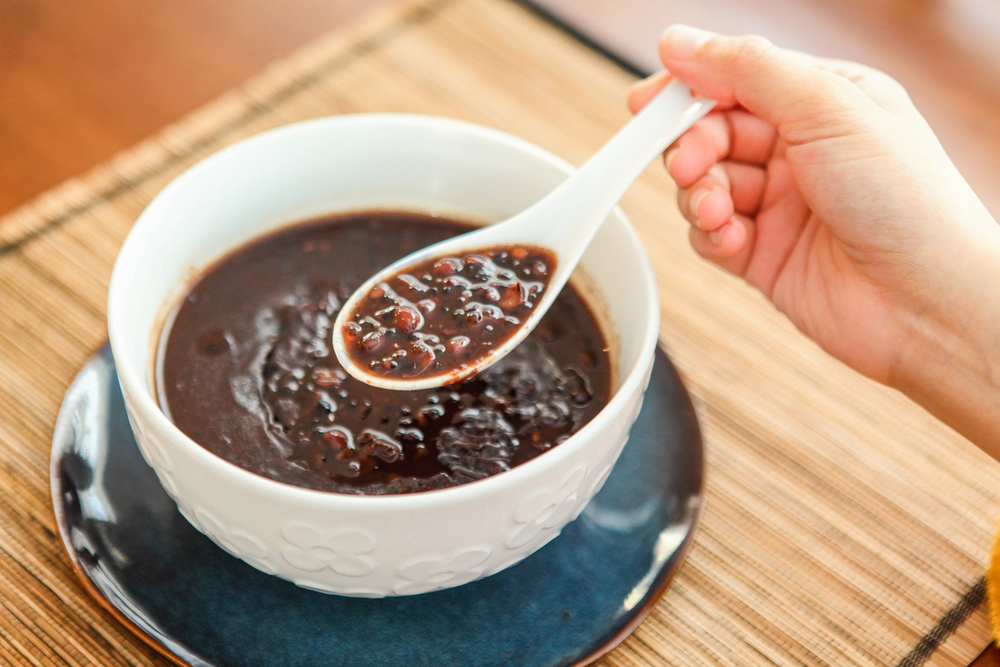It seems that just about everybody nowadays is judging meals by their glycemic index, and somehow they’re seeing incredible results by doing so. You might also hear about it in a lot of nutrition articles or even TV shows.
They talk about something called the glycemic index, and they keep on referring back to it as if it’s the be-all-end-all determinant of how any food item would affect your blood glucose levels.
We believe that understanding the glycemic index is an integral step before formulating any diet plan for bodybuilding. Yet maybe you’ve tried understanding what it’s all about and you can’t make heads or tails of it!
How can a carrot have just as much of a glycemic index as pasta? It just doesn’t make any sense. It does!
And you’re about to find out just how.
What Is the Glycemic Index?

The glycemic index is essentially the measure of how rapidly carbohydrates are digested from any meal, and in response to that, how rapidly insulin increases.
There are a number of reasons why it’s important to understand the glycemic index when you’re a bodybuilder. We already spoke about how when blood glucose levels rise to extremely high levels, the insulin released is also at a similarly high level, and that stops the fat burning process.
Now the glycemic index measures food items at a scale of 0 to 100. It’s based on white bread, since pure white bread gets digested almost instantly, as if you were drinking it.
On the other hand, foods such as beans are considered to have a low glycemic index, since they get digested over a long period of time. If white bread scores 100 on the glycemic index, beans score around the 30s.
What this means is that for every 100 units of glucose that rise in your blood after consuming white bread, only 30 would rise if you were eating beans.
Typically, we categorize foods on glycemic index as low, moderate, or high:
- 0-50 being low glycemic index
- 50-70 being moderate glycemic index
- 70-100 being high glycemic index
The Importance of the Glycemic Index for Bodybuilding
The glycemic index goes just beyond your blood glucose, as it’s also related to how long it takes before blood glucose levels in your body go down. High glycemic index meals would have your blood glucose skyrocket, and stimulate insulin at such a high level that it drops the blood glucose and drops below baseline.
Once your blood glucose falls down below baseline, that’s when you get the shakes. We call that hypoglycemia, and once you’re hypoglycemic, you get very hungry. A low glycemic meal, on the other hand, causes your blood glucose to go up slowly and it stays in your body for several hours.
As a result, the glycemic index has a huge impact on our hunger, satiety, and fat burning.
Endo, Ecto, and Meso
The truth of the human body is that not everyone is born with the same insulin sensitivity. Sometimes people tend to hold more body fat, and can’t handle carbohydrates as well as others, we call those types of body endomorphs.
Others, like the ectomorphs or even the mesomorphs, can’t actually store that much body fat, and they can handle more carbohydrates than others. You might fall into the later categories, and as such you probably don’t feel that the glycemic index holds much value to you, however that wouldn’t be the case for long.
While it’s true that the glycemic index matters the most when you don’t have a high carb tolerance, across your lifespan your carb tolerance will change. Insulin resistance can also occur, and if someone living the lifestyle of somebody with a high insulin sensitivity suddenly finds themselves storing body fat at an abnormal rate, they’d need the glycemic index to figure out how to handle their body.
Satiety and the Glycemic Index
The glycemic index can make a great guide for understanding how your body can store and lose fat. And it would make a lot of difference if you’re using the glycemic index to stick to your diet or not.
Think about it this way: if you ate a bowl of salad, which is relatively low in the glycemic index, versus a pop tart, you’d probably consume the same amount of carbs! However, the bowl of salad would leave you more satiated and with none of the hypoglycemia shakiness.

Fuel for the Gym
We mentioned before that low glycemic index food stays in your body for longer periods of time, how does that translate to your workouts?
Typically, if you take a high-sugar energy drink before your workout, chances are you’re going to go to your workouts all shaky, which would cause you not to perform as well. However, if you’ve had a moderate glycemic index meal, you’d get sustained energy throughout your work session.
Keep in mind that fiber is a huge factor in determining the glycemic index of a meal. It’s great if you’re going on a diet, since it takes a while to get digested in your stomach. However, having a bloated stomach during your workouts is a recipe for disaster.
That’s because fiber-rich meals are slow digesting, so you’d take such a long time to break it down that your body wouldn’t want you to train that much, throwing you off of your workout.
We recommend consuming a low or moderate glycemic index meal 1-2 hours before your workouts. Lower glycemic index keeps insulin low, and keeps blood glucose moderate, meaning that it takes you to an environment where you can burn more fat.
What Is Glycemic Load?

The glycemic load is what makes all the difference in your meal plans. It takes into account the total amount of carbohydrates in your diet, as well as the glycemic index.
If you only rely on the glycemic index to determine your food sources, you’ll end up inevitably losing out on a lot of nutrition. Think about it this way. Carrots have a glycemic index of 71, so in your mind you’re thinking that you’re never going to eat carrots! That’s literally the same glycemic index as a serving of pasta, which is rich in carbs.
However, the glycemic load leads you to take into account the carb content of the meal. So, while carrots have around 8g of carbs, pasta has a whooping 40-50g of carbs! As a result, pasta is going to impact you more because it has a high glycemic index and also high glycemic load, meaning there’s a high amount of carbs per serving.
So just because something has a high glycemic index like carrots, doesn’t necessarily mean it has a high impact on your blood glucose since the amount of carbs are so low per serving.
Recommendations for Bodybuilders
For bodybuilders, we recommend sticking to low or moderate glycemic index foods pre-workout. However, make sure the glycemic index of your food is not so low that it has a high amount of fiber and hurts your stomach. You typically want something that’ll give you sustained energy throughout the day.
Reminder: If you’re an endomorph, you shouldn’t go any higher than 60 on the glycemic index.
We loved helping you figure out all about the glycemic index, and we hope it helps you in figuring out your future meal plans.









